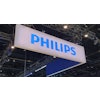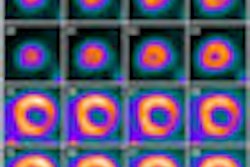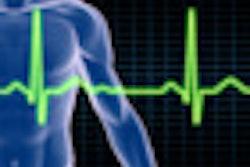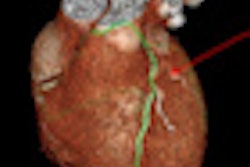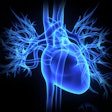Dear Cardiac Imaging Insider,
Prospects for a single scan capable of comprehensively evaluating patients with suspected coronary artery disease keep improving with advancements in CT technology. In a joint study from Spain and the U.S., researchers using a second-generation dual-source CT scanner were able to generate stress and rest CT images that compared favorably to both SPECT and MRI results.
Establishing CT as a viable alternative scan could mean eliminating unnecessary catheterizations or additional studies undertaken to assess the functional significance of a CT-detected stenosis, saving money as well as risk and time to the patient. How reliable is CT compared to the other modalities? Find out in this issue's Insider Exclusive.
CT does come with radiation, however, and emerging research continues to suggest that the downstream risk of cancer from radiation used in heart scans is real, if less significant than the benefits of a clinically indicated scan. Writing in the Journal of the American College of Cardiology, Dr. Andrew Einstein, PhD, from Columbia University Medical Center shares what's new and known about those risks.
Trying to eliminate every extra scan isn't necessarily wise either, though. For example, another JACC study found that it doesn't make sense to skip the coronary artery calcium scoring test before coronary CT angiography (CTA) because excessive coronary calcium can play havoc with CTA's accuracy. Click here for the article.
Finally, there are other organs to think about when performing coronary CTA, of course, such as the kidneys, which can't always handle the contrast burden, and even the thyroid gland, which can undergo significant functional changes with normal doses of iodinated contrast. Learn what works and what doesn't for preventing contrast nephropathy in a story you'll find here, and how iodinated contrast can alter thyroid function in another story here.
Be sure to scroll down through the links below for the rest of the news in your Cardiac Imaging Digital Community.

